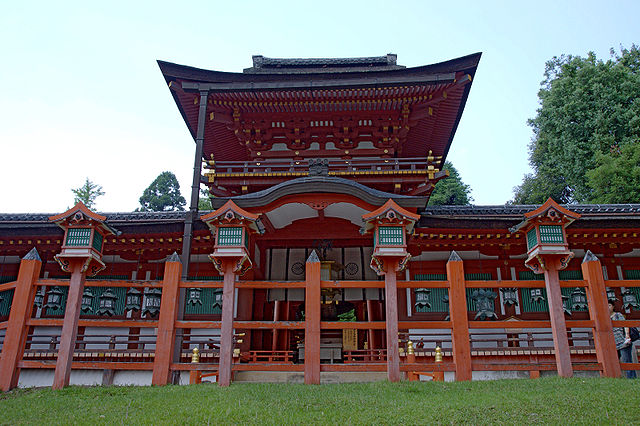
Nara welcomes spring by lighting thousands of lanterns
Setsubun Mantoro is lights up Kasuga Taisha Shrine in Nara.
This post may contain affiliate links. If you buy through them, we may earn a commission at no additional cost to you.
Kasuga Taisha Shrine is the most celebrated shrine in Nara city. This Shinto shrine is famous for its bronze lanterns which can be found in the interior and stone lanterns that were built along the way to the main building. It is said that more than 3,000 lanterns were built by money donated by the worshippers.
663highland/Wikimedia CommonsAll these lanterns are lit up only three days per year – February 3rd, August 14th, and August 15th. The lanterns will stand brightly from around 6pm to 9pm on these days.
On February 3rd, the sight of the lanterns is called “Setsubun Mantoro”. The lanterns are lit up to mark the ending of winter and the beginning of spring.
Although the beautiful sight of the bright lanterns is only visible in the late evening, visitors can enjoy walking around the shrine during the daytime. You can get some good luck charms or a picture of a horse which signifies longevity at stalls set up at the shrine’s compound.
This is an event which has continued for 800 years and most of the lanterns have been donated by ordinary citizens with the exception of a handful which had been dedicated by samurai warriors in the Warring States Period.
www.jnto.go.jp
Such scenery lit only by candlelight takes you back into bygone days of no electricity and is full of mysticism. The reflections of the light on the river surface and the vermilion buildings of the shrine strike a beautiful harmony.
www.jnto.go.jp
There are stone lanterns in the gardens and hanging lanterns in the corridors. The garden lanterns are decorated with strips of Japanese paper inscribed with people's wishes, and are lit by the participants. The hanging lanterns in the corridors come in a variety of designs.
www.jnto.go.jp
It is said that the number of lanterns represent the number of wishes by folks. In the olden days, these lanterns were lit up every night.
The information in this article is accurate at the time of publication.










